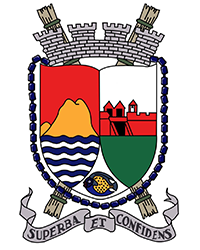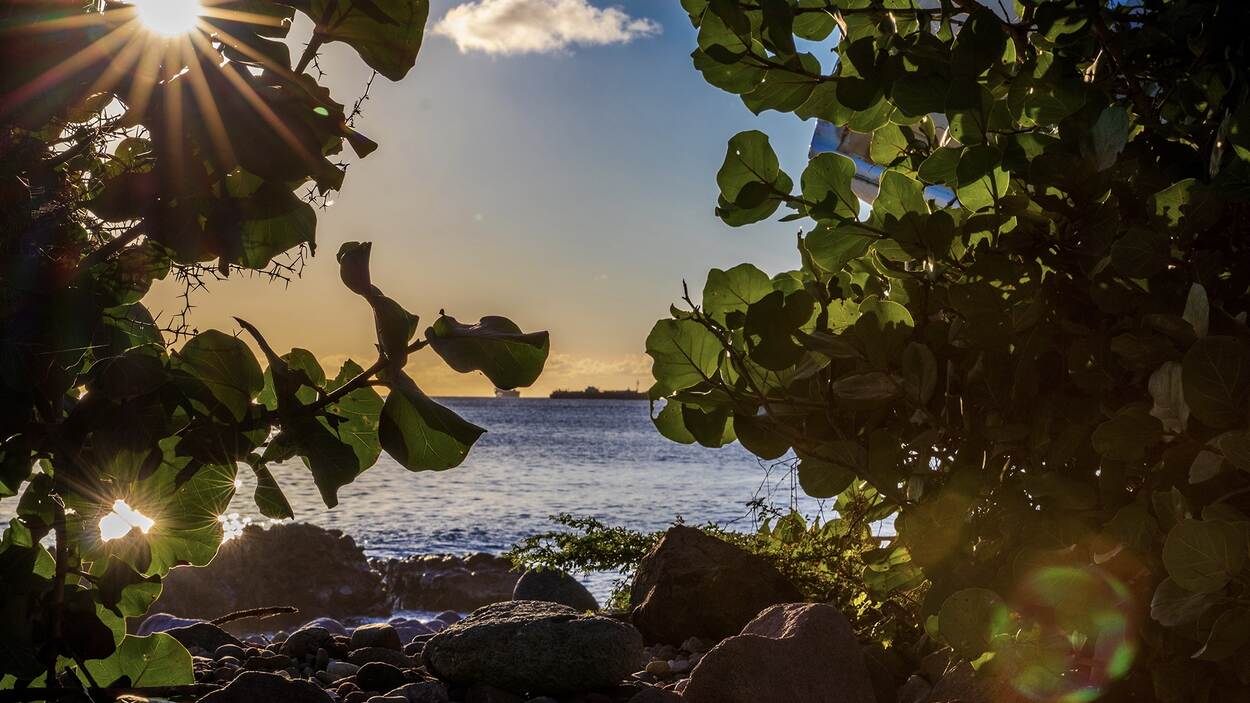St. Eustatius is a small Dutch Caribbean island located in the north eastern Caribbean Sea. It lies on the northern part of the Lesser Antilles. St. Eustatius measures 11.8 square miles (approx. 21 square kilometers) and has a population of approximately 3,200 people. It is located southeast of Saba and Northwest of St. Kitts.

Locals refer to the island as ‘Statia’. It is also often referred to as ‘The Historic Gem’ of the Caribbean. There is one city on the island, Oranjestad (Orange City). It is comprised of two distinct sections. Upper Town and Lower Town. Upper Town is residential and where most businesses and governmental activities take place. Lower Town is where the harbor is located as well as several restaurants, hotels and the local nature preservation organization St. Eustatius National Parks (STENAPA).
St. Eustatius is a Special Municipality of the Netherlands (sometimes referred to as a ‘Public Body’ or ‘Public Entity’).
Unlike many Caribbean islands, St. Eustatius does not have miles of white sandy beaches. This has protected it from mass tourism. It is a sought-after tourism destination for avid divers looking for shipwrecks to explore and has one of the most spectacular underwater marine parks in the world.
The island is dripping with history and has many active dig sites. Archeologists and history buffs alike will find ruins all over the island which invite one to fantasize about the rich history of this unique island.

Nature lovers will also be thrilled by the variety of flora and fauna. From dry arid landscapes, a unique rain forest in the dormant volcano’s crater (The Quill), to various types of sea turtles which nest on Zeelandia Beach. One can even find the endangered Lesser Antillean iguana perched in trees or walking through the brush. There is truly something for everyone to marvel at on St. Eustatius.

